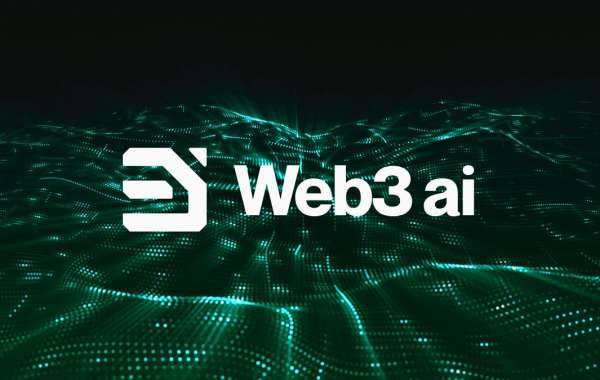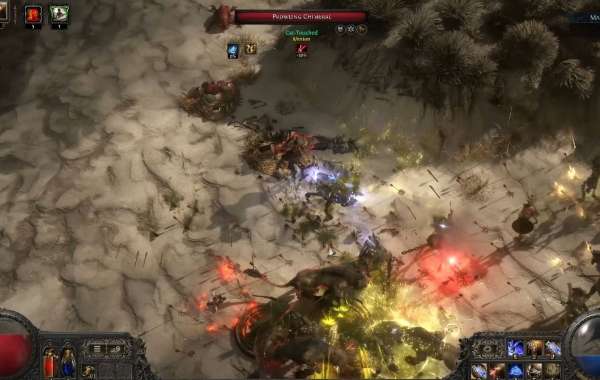The intersection of AI and Web3 is introducing a new level to crypto trading, radically revolutionizing the way users can interact with decentralized finance (DeFi), smart contracts, and blockchain-based assets. Among the key drivers of this revolution are AI Crypto Token agents, self-directed or semi-directed software that can decide and execute actions based on data, user input, and programmed objectives. Also, these crypto AI agents are revolutionizing the Web3 trading business in profound ways. Below are five key reasons why they are revolutionizing the landscape
1. 24/7 Autonomous Trading
Moving ahead, the cryptocurrency market operates 24/7, unlike traditional stock markets. This continuous trading environment can be overwhelming for human traders, who are bound by physical and mental limits. AI agents, on the other hand, thrive in this non-stop landscape.
AI trading bots can monitor hundreds of trading pairs across multiple exchanges simultaneously and execute trades based on pre-set strategies or real-time data analysis. They eliminate emotional trading, act faster than humans, and never sleep, ensuring traders don’t miss out on volatile price movements or arbitrage opportunities. On decentralized exchanges (DEXs), these agents can interact directly with smart contracts, bypassing intermediaries and maximizing speed.
2. Advanced Data Analysis and Predictive Modeling
AI agents are excellent at processing vast amounts of data both on-chain and off-chain. They can analyze transaction histories, tokenomics, social media sentiment, developer activity, and macroeconomic trends in real time. Through machine learning algorithms, these agents can identify hidden patterns and make predictive models about market movements, helping traders make more informed decisions.
In the Web3 context, where transparency is abundant but data is fragmented across chains and platforms, AI agents act as intelligent aggregators. They synthesize data from decentralized protocols, wallets, DAOs, and liquidity pools to provide a comprehensive market overview something human traders would struggle to do efficiently.
3. Smart Contract Interaction and DeFi Optimization
AI agents are not just passive observers as they are active participants in the DeFi ecosystem. They can interact directly with smart contracts to execute trades, stake assets, provide liquidity, or even vote in governance proposals on behalf of users. This level of automation unlocks new possibilities for strategy execution and protocol engagement.
For example, an AI agent can detect yield farming opportunities across various protocols, assess the associated risks, and then autonomously reallocate capital to optimize returns. They can also manage impermanent loss, slippage, and gas fees dynamically by choosing the most efficient routes through DEX aggregators or layer-2 solutions.
4. Personalized and Adaptive Trading Strategies
Every trader has different goals, risk appetites, and asset preferences. AI agents can be tailored to fit these individual profiles, constantly learning and adapting to user behavior and market conditions. Whether someone is a conservative HODLer or an aggressive day trader, AI agents can fine-tune strategies to align with personal trading styles.
Furthermore, reinforcement learning enables AI agents to improve over time. As they execute trades and observe outcomes, they refine their algorithms to become smarter and more effective. This ability to evolve makes them particularly well-suited for navigating the volatile and fast-paced world of crypto trading.
5. Enhanced Security and Risk Management
One of the most significant risks in Web3 trading is human error misplacing private keys, sending tokens to the wrong address, or falling for phishing scams. AI agents can reduce these risks by handling sensitive operations through pre-approved protocols, multi-sig wallets, or hardware-integrated authentication mechanisms.
Conclusion
Additionally, they can monitor wallets and smart contract interactions in real time, flagging suspicious activity and taking precautionary actions like halting trades or withdrawing funds. They can also perform risk assessments of trading strategies by simulating scenarios and stress-testing against historical data, thus helping users avoid catastrophic losses.







